60-day returns • free shipping on USA orders $129+
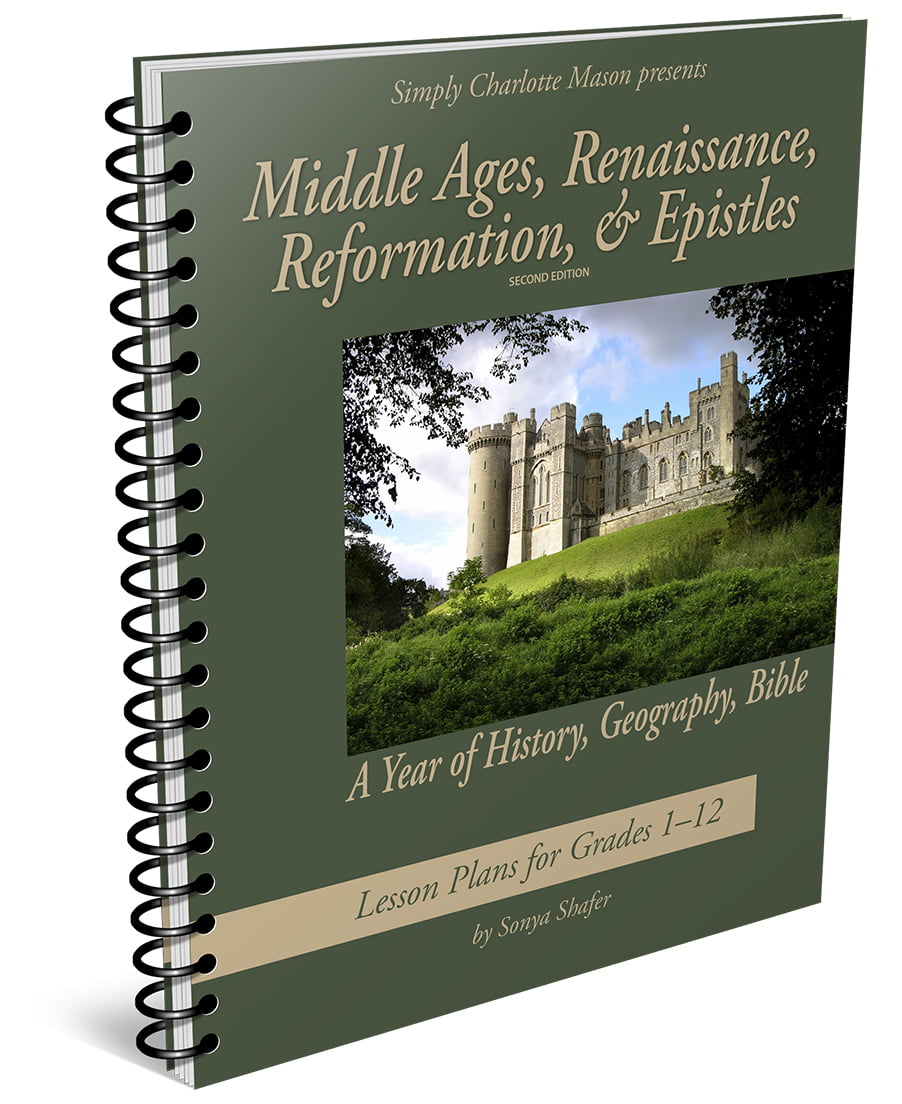

Middle Ages, Renaissance, Reformation & Epistles (Charlotte Mason History Curriculum)
$19.95 – $24.95
A complete school year of Charlotte Mason history lesson plans covering a worldwide tour of the Middle Ages, Renaissance, and Reformation. Alongside history lessons, learn about the geography of the Age of Exploration and enjoy a Bible study of several Epistles.
Click the Book List tab to see a list of materials needed for these lesson plans. See full description
Product Description
Study the Bible, geography, and history together as a family!
The fourth in our award-winning Charlotte Mason history curriculum, this year of lesson plans focuses on the fascinating story of the events, places, and culture of the Middle Ages around the world, plus the Renaissance and Reformation. A geography study of South & Central America and Australia is paired with this time period to coincide with the Age of Exploration. Family Bible lessons bring in timeless principles from New Testament epistles (James, Galatians, 1 & 2 Thessalonians, 1 & 2 Corinthians), with additional assignments for older students to dig deeper into those same Bible passages.
The Charlotte Mason-style lesson plans
- Invite your students into the fascinating story of the Middle Ages, Renaissance, and Reformation through living books.
- Help your students listen attentively and recall what was read by narrating.
- Let you teach the whole family together by sharing some books as family read-alouds, then challenging older students with additional reading and writing assignments from other books on the same topic.
- Connect geography to the people who lived there—both past and present.
- Help all your students, grades 1–12, feel at home in Scripture and challenged to keep growing spiritually through short, practical Bible lessons for the whole family and additional corresponding Bible studies for the older students.
- Keep things simple by providing helpful reminders of upcoming resources, teaching tips, and Book of Centuries entries.
Book List
Click on the Book List tab to see a full list of the resources needed for these lesson plans.
High School Credit
For the completion of grades 7–9 or 10–12 assignments in this Middle Ages, Renaissance, Reformation & Epistles study, we suggest that students should be awarded 1 credit for World History/Geography and 1⁄3 credit for Bible.
Sample Schedule
The lesson plans in Middle Ages, Renaissance, Reformation & Epistles are very doable. Your weekly schedule would look something like this, with older students also spending time on additional assignments:
| Monday | Tuesday | Wednesday | Thursday | Friday |
|---|---|---|---|---|
| Family History (20–30 min.) | Grade Level History (20–30 min.) | Geography (10–15 min.) Bible (15–20 min.) | Family History (20–30 min.) | Grade Level History (20–30 min.) |
2nd Edition
This 2nd edition of Middle Ages, Renaissance, Reformation & Epistles, published in 2017, features the fabulous living history spine, A Castle with Many Rooms: The Story of the Middle Ages along with lots of other wonderful living books to read together or use as additional reading assignments for older students. (The Famous Men books used in the 1st edition have been moved to independent reading for the upper grades.) The 2nd edition plans schedule The Stuff They Left Behind: From the Days of the Middle Ages portfolio and the Visits to South & Central America and Australia geography notebook. Family Bible lessons are now included in the guide itself, covering several New Testament epistles, and designed to be more user-friendly for young students. Additional Bible lessons are assigned to older students using the Life in the Word Bible study book. Out-of-print or hard-to-find books have been replaced and high school credit suggestions have been added for this exciting year of history, geography, and Bible.
Our History, Geography, and Bible Series
With our six-book series, you will cover the entire Bible, learn history from ancient to modern, and study all the main regions of the world!
| Genesis—Deuteronomy & Ancient EgyptCreation—332 B.C. | Joshua—Malachi & Ancient Greece1856 B.C.—146 B.C. | Matthew—Acts & Ancient Rome753 B.C.—A.D. 476 |
| Middle Ages, Renaissance, Reformation & Epistles394—1550 | Early Modern & Epistles1550—1850 | Modern Times & Epistles, Revelation1850—2012 |
Keep It Simple
Combine these History Studies with our Individual Studies and family-combined Enrichment Studies for a complete Charlotte Mason curriculum plan!
Book List for History, Geography, Bible
Read the books listed under Family to all the students together. Add the grade-level books as individual reads for any children you have in those grades. For example, if you have students in grades 2 and 7, you will want to get the books under Family, Grades 1–3, and Grades 7–9.
SCM Available from SCM
Book Store Purchase from your favorite book store
Library Check your library
Public Domain Available free in the public domain
Family (all students)
- Book StoreAround the World in a Hundred Years by Jean Fritz
- Bible
- Book StoreThe Bible Smuggler by Louise Vernon
- LibraryCastle by David Macaulay
- SCMA Castle with Many Rooms: The Story of the Middle Ages by Lorene Lambert
- SCMNarration Notecards for A Castle with Many Rooms: The Story of the Middle Ages (optional)
- LibraryCathedral by David Macaulay
- SCMMaterial World and SCMHungry Planet by Peter Menzel
- SCMThe Stuff They Left Behind: From the Days of the Middle Ages portfolio
- SCMVisits to South & Central America, Australia notebook by Sonya Shafer (one for each student)
plus . . .
Grades 1–3
- LibraryBrother Francis and the Friendly Beasts by Margaret Hodges
- LibraryCastle Diary: The Journal of Tobias Burgess by Richard Platt
- LibraryMarguerite Makes a Book by Bruce Robertson
- LibraryA Medieval Feast by Aliki
- LibraryPippo the Fool by Tracey E. Fern
- LibraryThe Sword in the Tree by Clyde Robert Bulla
- LibraryViking Adventure by Clyde Robert Bulla
- Book StoreAre We There Yet? A Journey around Australia by Alison Lester (optional, used with Visits to South & Central America, Australia. This book is out of print but will give a great overview of Australia if you can find a copy.)
- Book StoreElena’s Story by Nancy Shaw (optional, used with Visits to South & Central America, Australia)
- LibraryHands of the Rain Forest: the Embera People of Panama by Rachel Crandell (optional, used with Visits to South & Central America, Australia. This book is out of print, but a library near you may have a copy.)
- Book StoreHerbert: The True Story of a Brave Sea Dog by Robyn Belton (optional, used with Visits to South & Central America, Australia)
- Book StoreA Mango in the Hand: A Story Told through Proverbs by Antonio Sacre (optional, used with Visits to South & Central America, Australia)
- Book StoreNot Just Tacos by Shirley Solis (optional, used with Visits to South & Central America, Australia)
- Book StoreWaiting for the Biblioburro by Monica Brown (optional, used with Visits to South & Central America, Australia)
Grades 4–6
- LibraryAdam of the Road by Elizabeth Janet Gray
- Book StoreKing Arthur and His Knights audio recording by Jim Weiss
- Public Domain“The Pied Piper of Hamelin” poem by Robert Browning
- SCMThe Vikings by Elizabeth Janeway
- Book StoreKon-Tiki by Thor Heyerdahl (optional, used with Visits to South & Central America, Australia)
Grades 7–9
- SCMBook of Centuries (one for each student)
- SCMDiscovering Doctrine by Sonya Shafer (one for each student)
- Public DomainIn Freedom’s Cause: A Story of Wallace and Bruce by G. A. Henty
- SCMLife in the Word by Sonya Shafer (one for each student)
- SCMThe Magna Charta by James Daugherty
- Public DomainThe Prince and the Pauper by Samuel Clemens (Mark Twain)
- Book StoreThe Shining Company by Rosemary Sutcliff
- Public DomainThe Story of King Arthur and His Knights by Howard Pyle
- Book StoreThe White Stag by Kate Seredy
- Book StoreKon-Tiki by Thor Heyerdahl (optional, used with Visits to South & Central America, Australia)
Grades 10–12
- Public DomainThe Black Arrow by Robert Louis Stevenson
- SCMBook of Centuries (one for each student)
- SCMDiscovering Doctrine by Sonya Shafer (one for each student)
- Book StoreFamous Men of the Middle Ages, with extra chapters by Rob Shearer (2008 edition, published by Greenleaf Press)
- Book StoreFamous Men of the Renaissance and Reformation by Rob Shearer
- LibraryThe King’s Fifth by Scott O’Dell
- Book StoreThe Lantern Bearers by Rosemary Sutcliff
- SCMLife in the Word by Sonya Shafer (one for each student)
- Public DomainMen of Iron by Howard Pyle
- Book StoreThe Second Mrs. Giaconda by E. L. Konigsburg
- Book StoreVoices of the Renaissance and Reformation edited by Rob Shearer
- Book StoreKon-Tiki by Thor Heyerdahl (optional, used with Visits to South & Central America, Australia)
Bonus Titles
Here are more great titles that you can use for substitutions or leisure reading or to create your own heritage history stream as desired. We will add to this list as we discover and review more new-to-us books.
Family
- The Beggars’ Bible by Louise Vernon
- Ink on His Fingers by Louise Vernon
- Joan of Arc by Diane Stanley
- Leonardo da Vinci by Diane Stanley
- The Man Who Laid the Egg by Louise Vernon
- The Merry Adventures of Robin Hood by Howard Pyle
- Michelangelo by Diane Stanley
- Thunderstorm in Church by Louise Vernon
Grades 1–3
- The Apple and the Arrow by Mary and Conrad Buff
- Leif the Lucky by Ingri and Edgar Parin D’Aulaire
- The Minstrel in the Tower by Gloria Skurzynski
Grades 1–4
- The Hawk of the Castle: A Story of Medieval Falconry by Danna Smith
Grades 4–6
- The Door in the Wall by Marguerite de Angeli
- The World of Columbus and Sons by Genevieve Foster (could be used for Family)
Grades 4–8
- Children of the Longhouse by Joseph Bruchac
Grades 4–9
- Mansa Musa and the Empire of Mali: A True Story of Gold and Greatness from Africa by P. James Oliver
Grades 9–12
- Lady Jane Grey: Nine-Day Queen of England by Faith Cook
Additional Information
| ||||||||||
| Dimensions | ||||||||||
|---|---|---|---|---|---|---|---|---|---|---|
| ||||||||||
Check out these ideas that correspond to Middle Ages, Renaissance, Reformation & Epistles. Use them to supplement your study of Medieval Times and the Renaissance.
13 reviews for Middle Ages, Renaissance, Reformation & Epistles (Charlotte Mason History Curriculum)
If you have a question, contact us and we will be happy to help.
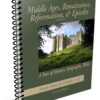

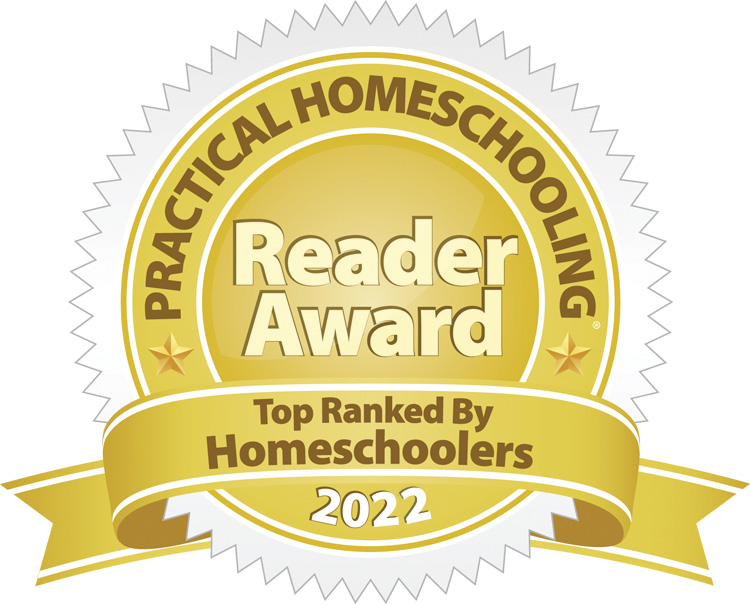
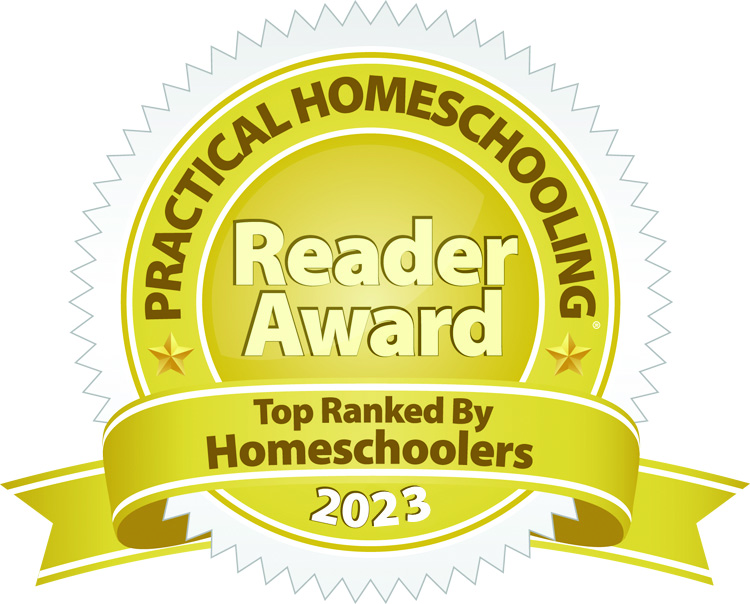
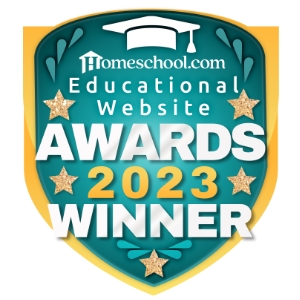
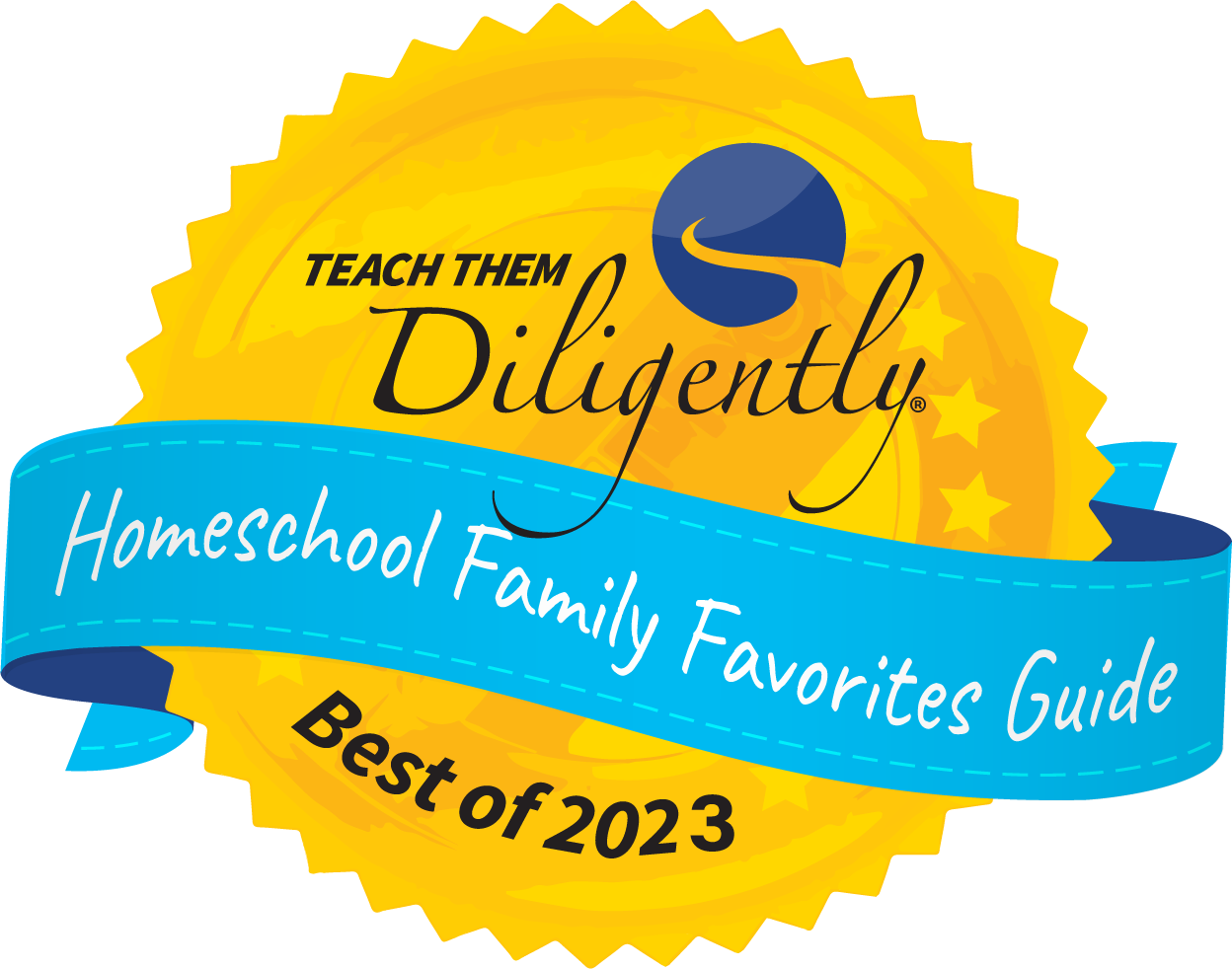
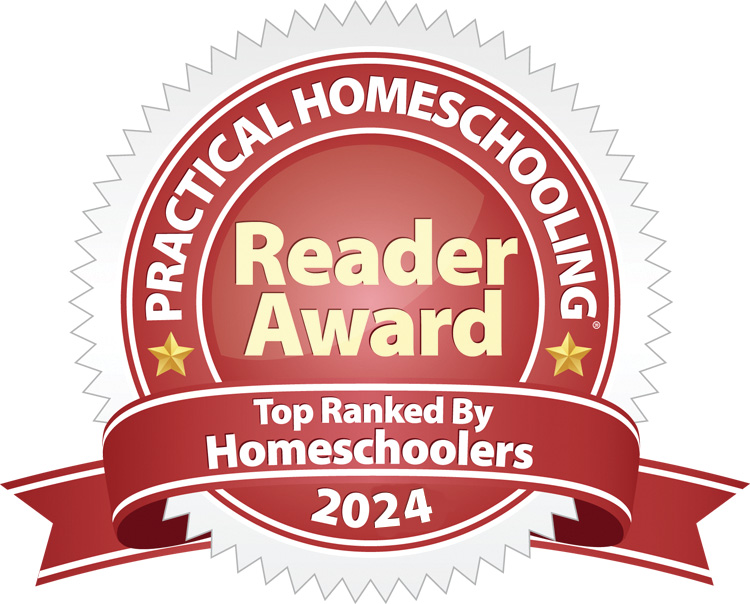
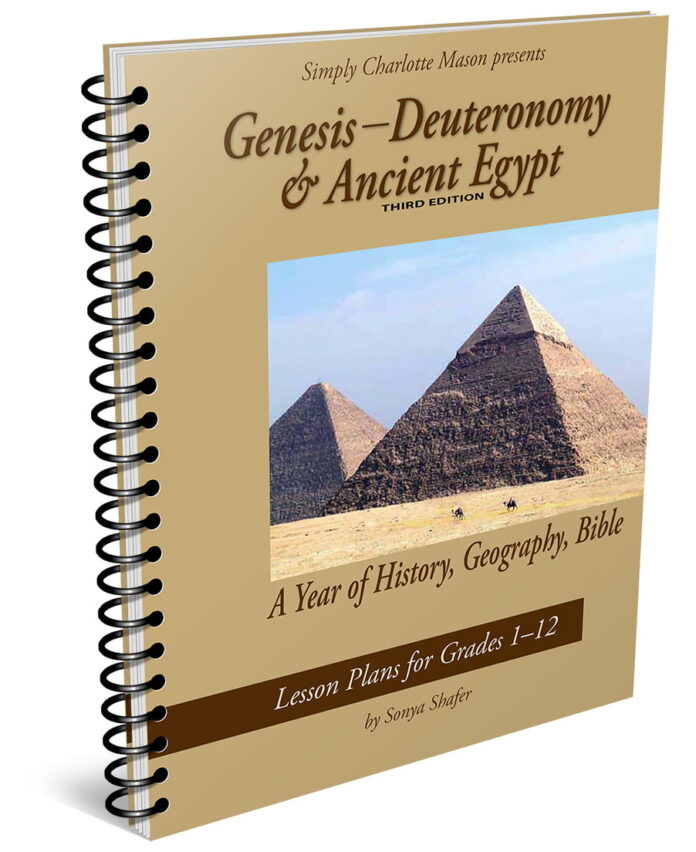
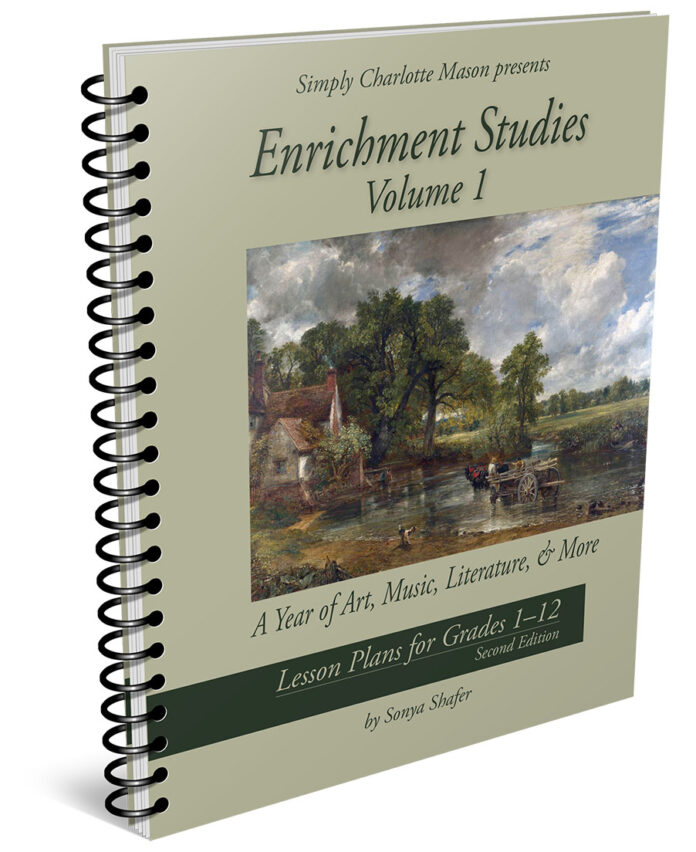

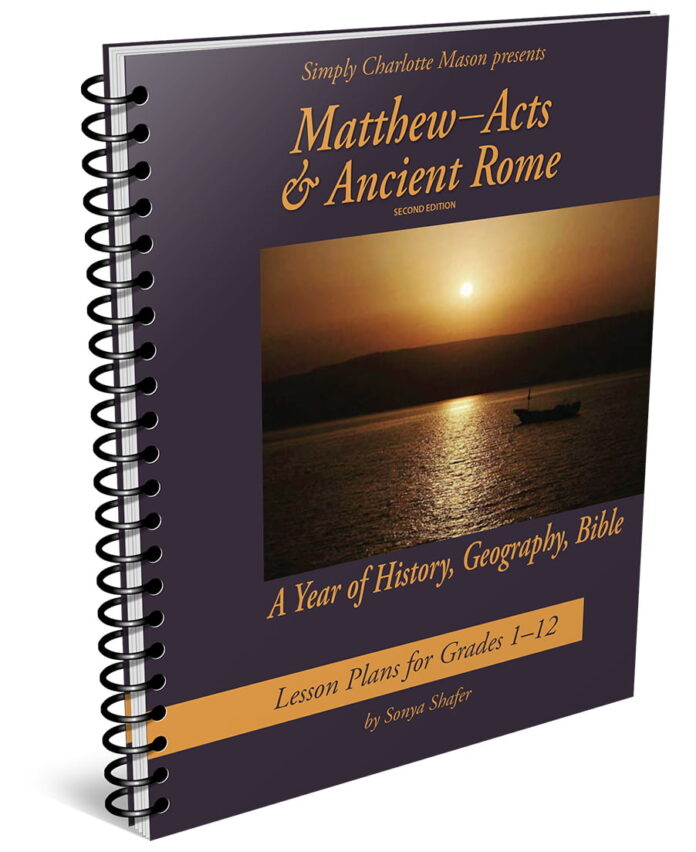
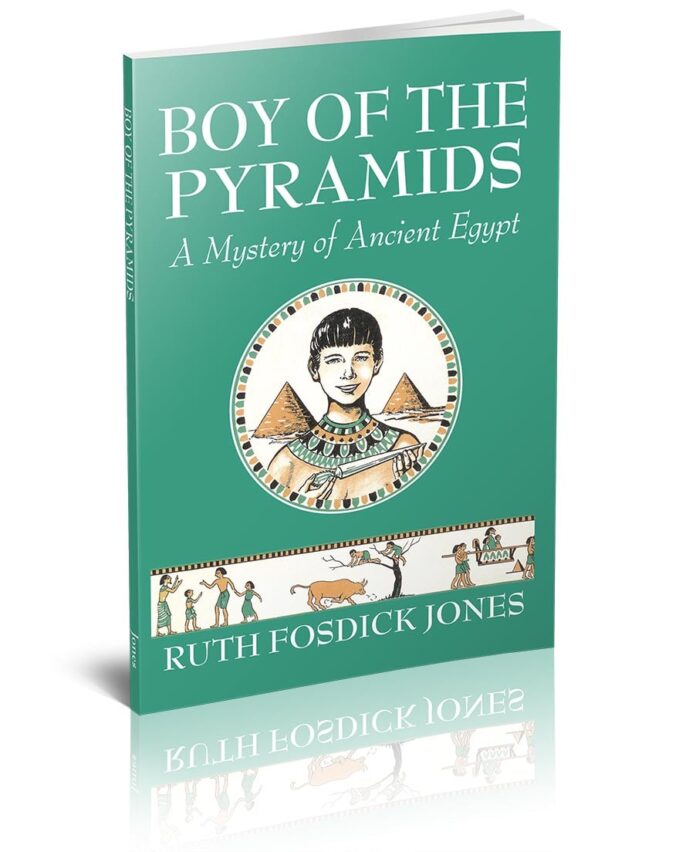
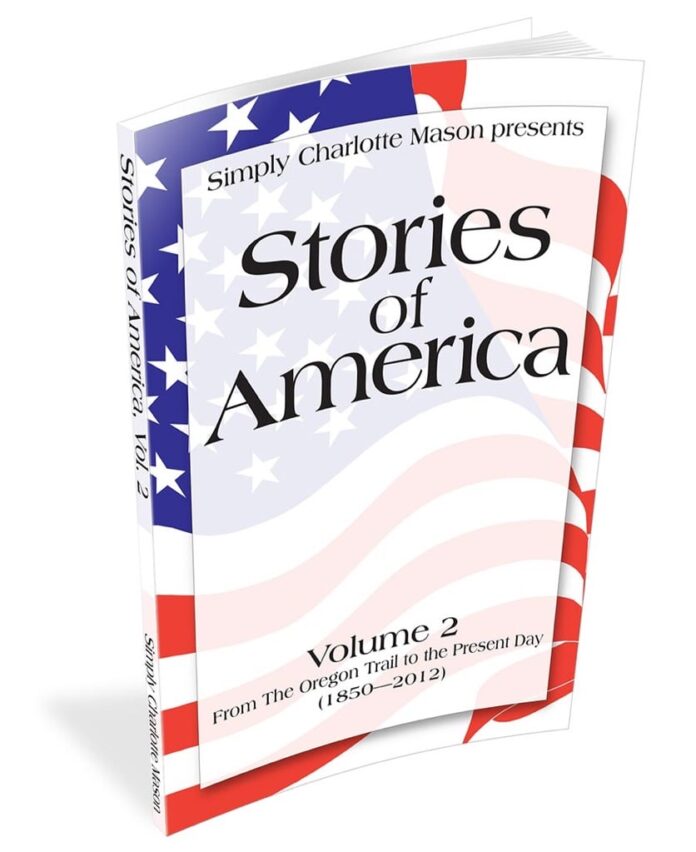
julie pasiecznik –
I bought the first two handbooks at convention for my younger kids and then decided I wanted to look into using the middle ages handbook for my high schooler. He is coming home next year and will be finishing 10th – 12th at home with us. He has always been in public school and private school and is very used to the way they teach. I am very nervous about doing the CM style with him because he is not gonna get it at first and I think he will be frustrated! Because of what he is used to and expects I am feeling like there is no way this is enough for a high schooler – I know it is but there is this self doubt creeping in! I am all the way CM with my other kids but am struggling with this part of it with my oldest! Any suggestions or thoughts or help????
Also – we will start off at the end of this book doing some of the Renaissance and all of the Reformation(becaause that is where he left off this last year). Where do we go next? I am hoping oyu might have the next book out in a few months????
Thanks for your help and sorry for the lengthy comment!
Sonya –
You will find that if you require your son to read the selections from Famous Men of the Renaissance and Reformation, as well as narrate his readings from Voices of the Renaissance and Reformation, you will be asking him to use a much higher thinking level than he is used to. Yes, it may take some getting used to, but probably because it is more difficult than too easy. Reading with attention in order to learn (which is his responsibility as the student) and writing down everything he remembers from that reading requires a lot of effort. You may find that he needs to practice narration orally before you require him to write his narrations. Feel free to adjust as needed during this transition.
The current plan is to have the next time period handbook done in the spring, 2011. There are several pieces that need to fall into place for that to happen, but that is the current plan. Edit: The Early Modern & Epistles lesson plan book is now available.
julie pasiecznik –
thank you so much for your help! I am really looking forward to this year with him.
Michelle –
Page 15 on your sample download of this book (under resources needed) talks about the presentation of the Five Points of Arminianism and the Five Points of Calvinism. I’m curious which way the author leans between these too. Could you share further what the differences are (not in length, just in summary) and which way the author’s beliefs lean? Thanks.
Sonya Shafer –
The Reformation Time Line simply presents the two short lists, but doesn’t expound on them at all. They are listed as historical reference — part of church history. The lesson plans do not refer to that part of the time line chart; they focus on the people and events listed on the time line and the five Solas of the Reformation.
Michelle –
Thank you so much for your quick reply. I appreciate that this book does not push the reader to lean towards one side over the other, but simply provides the information to make their own decision what they choose to believe about the Reformation period and events/people involved. ~ Michelle
ChristyH –
How are the 3 bible studies used in the guide?
Sonya Shafer –
There are three Bible studies suggested in this guide: Discovering Doctrine, Life in the Word, and GOAL Bible Study Journal.
GOAL Bible Study Journal is a study for the whole family to do together. Once a week you read aloud a chapter from one of the epistles and have family members listen for any of the four aspects of the GOAL study: Grasp this promise, Obey this command, Avoid this sin, Live this principle. You then record your findings in the journal. It’s nice to review those findings briefly each day until the next week when you move on to the next chapter.
Discovering Doctrine and Life in the Word are for the 7-12 grade students to complete independently. Discovering Doctrine is an ongoing study that the students use throughout all those grades as they work their way through the Bible. Any time they read a verse or passage that gives a doctrinal truth (about God the Father, Jesus Christ, the Holy Spirit, mankind, sin, salvation, the church, angels, the Bible, or future events), they record it under that section. In this way they compile their personal doctrinal statement based on their own study of the Word over several years. So that study is a continuation during this year as they read through the epistles listed.
Life in the Word teaches the 7-12 grade students how to do various types of Bible study, using passages from the same epistles covered in the GOAL study. They learn how to do a word study, a Bible book study, a topical study, a character study, etc.
Feel free to download the free samples of those studies to get a better picture of how each is set up.
Anthony –
These studies are so rich, that I have started using the doctrine study in my personal devotion time. A very good tool for any Christian…even pastors…we need to be always looking for ways to help our parishioners develop deeper study habits…and this process is very helpful. Thank you sonja for such wonderful tools not only for our children but also us leaders in the church.
Keri P. –
I am very impressed with everything I am finding on this website. I have had a very overwhelming beginning to our homeschool journey. This is my first year homeschooling my 12 year old daughter. She is in her second half of sixth grade and I am downloading several ebooks from CM. My question is, as I overview the sample downloads I see the resource lists for the different books/studies. Are they necessary for the study to be effective.I am not finding them on my local library search engine, or in Gutenberg. Will I have to purchase all of these extra resources?
Thank you so much, and again, I am very impressed with all I have found here. This is a Godsend.
-Keri P.
Sonya Shafer –
Hi, Keri –
I’m glad our site is proving helpful to you in your new adventure. Don’t worry, it will get easier as you go along and gain experience (just like cooking).
Because the Charlotte Mason method is based on living books, we recommend various titles in our resources. Those recommendations are only suggestions; you may want to substitute a different living book that’s easier for you to find, and that’s fine. The ladies on our forum are always helpful when it comes to more book suggestions, or you might check our CM Bookfinder for other titles.
You might also see if your library offers inter-library loans, where they will check libraries around the country for the title that you need and borrow it for you. I know some of the titles in the Middle Ages handbook are in public domain and should be available online somewhere. Keep in mind that you need to find only the books listed for Family and for your daughter’s grade level. You could also check homeschoolclassifieds.com, or I know several of the moms on the forum like to use paperbackswap.com.
I hope this helps.
Anje –
I have a question about the GOAL bible study. Do you recommend that my 10 and 12 year old have their own book to write their own notes into? I see that it’s a family study. Thanks, Anje.
Jordan Smith –
If the study is being done all together, you can get just one book and appoint a person to record findings. If you want the students to do the study independently, they would each need a book.
mom –
Hi, I noticed in the book it says there are projects, but I dont see any listed or mentioned within this sample. How often are projects done and what types of hands on activities can I expect? Thank you!
Sonya Shafer –
Some suggested projects are listed on the Links and Tips page for this book. You’ll also see a link above on the right side under the Shopping Options. We provide that type of page with some project ideas for all of our time-period handbooks, so people can use them even if they don’t buy the book of lesson plans.
In the handbook, we mention the projects about once a term, during exam week. But feel free to incorporate as many as you would like, as often as you would like.
Christina Firezar –
Hi, I’m going to use this guide with my children this year!! We are really looking forward to it! I was wondering if the exams are in the guide for the days they are scheduled or if I will have to make up my own. Thank you for all your hard work!
Blessings,
Christina
Jordan Smith –
Yes, there are exam questions in the guide for the exam days.
StacyMontgomery –
Which “Visits” book would you recommend using with Middle Ages, or do you still just recommend using the one suggested in the book for geo?
Thanks
Stacy
Sonya Shafer –
Eventually we will be recommending the Visits to South America & Australia book to go along with the Middle Ages study, once it is ready. In the meantime, feel free to use the geography study included in the Middle Ages book.
StacyMontgomery –
Thanks Sonya. I was really hoping the new Middle Ages study and, the Visits would be out by this fall but, it will just give us something “new” the next time we come around to it!
Thanks for all you guys do!
Crystal –
How would credits be figured for the subjects included here, for my highschooler ?
Sonya Shafer –
If your grade 10-12 student completes all of the Family assignments as well as all of the history assignments for his age level, he would read about 2,500 pages from 15 books and compose more than 100 narrations (combination of oral and written). That amount of work is worth a full credit of world history, especially if you add in the map work and geography readings too.
If he completes all of the readings and studies assigned in the GOAL Bible study and the Life in the Word Bible studies, he will probably spend an average of 1.5 hours per week on that subject, which would add up to 54 hours of work for the year. That’s close to one-third of a credit for Bible.
AngieG –
I have 10th grade students that I’ll be using this guide with this year. Do I need to purchase both the Famous Men of the Middle Ages and Famous Men of the Renaissance and Reformation books? Or just one of them? Thank you!
Jordan Smith –
Yes, both books are used in the study. If you want to get the books as you need them, Famous Men of the Renaissance and Reformation isn’t started until the second term.
Linsey –
We just finished this with my son (9) and my daughter (12). Once again, they really enjoyed it. This is our 3rd year doing SCM history/geography and my kids always enjoy it. My son really enjoyed the literature for the Grades 1-3, Viking Adventure, Castle Diary and The Sword in the Tree were his favorites. Most days we split the reading aloud of A Castle with Many Rooms into two days as the readings were a bit long for my son. We even found a You Tube video of Cathedral based on the book. We ended the year with a Medieval feast which was so much fun after learning about the middle ages this year!